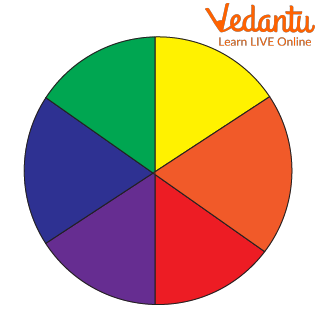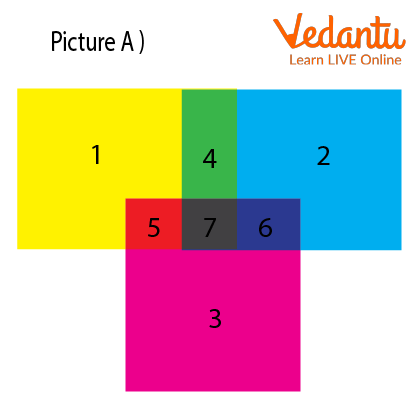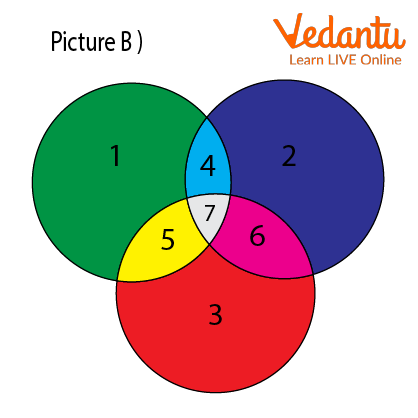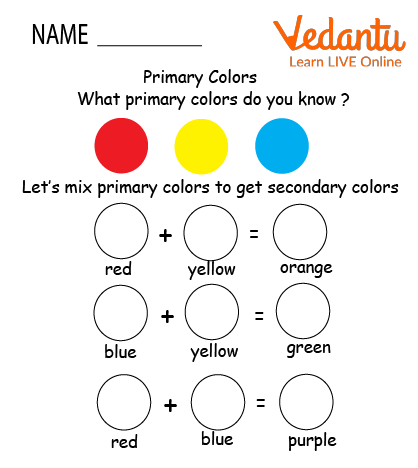




Introduction
What if our World becomes black and white? We can't even imagine how boring our lives would be without colours. The colours are very important. Every object has its specific colour, as the sky is of blue colour, the trees are green, etc. Without light, there will be no colour. When we see colours, we see many types of light bouncing off the objects. Scientists used the term wavelength to describe these light waves. Some light waves travel with long wavelengths, while others travel with short wavelengths.
Light having different wavelengths appears in different colours. For example, light with a long wavelength appears as red light, and light with a short wavelength appears as violet light. Usually, all the light wavelengths travel together as white light.
Colour Chart for Kids
We can make any kind of colour by mixing three colours of light, i.e., red, blue, and green. These are the colours that, when combined in different proportions, can make any other colour combination. We will see the basic colour chart for kids in this article. The colours like red, blue, and green are known as the primary colours of light. We can produce all the other colours by mixing these primary light colours. For example, the yellow light will be formed if a beam of green light shines over a beam of red light. To use colours in printed books, people take the help of inks.
Mixing of Colours
The pigments or substances that reflect certain light colours help the inks, paints, dyes, and crayons get their colour. The pigments have three primary colours: magenta (a purplish red), yellow, and cyan (a blue-green). By mixing these colours in different proportions, we can make all other colours. For example, green ink is formed by mixing cyan ink and yellow ink.

Colour wheel
Colours
The cells found in the eyes are known as cones. These cones make it possible for humans to see different colours. The different types of cones absorb different colours. Some people are colour blind, and this does not mean they cannot see any colour at all. Commonly, according to people with colour blindness, certain colours, such as red and green, look the same.
Colouring Activities for Kids
Here are some colouring activities for kids.
Below is a picture showing some colours; every colour is given a specific number. You have to name every colour according to its number. So kids you learned so many things about colour in the article, so this task is for you.
So let's start!

Colouring Activity for kids
Answers:
1) Yellow
2) Blue
3) Pink
4) Green
5) Red
6) Purple
7) Black

Colouring Activity for kids
Answers:
1) Green
2) Purple
3) Red
4) Blue
5) Yellow
6) Pink
7) White
Colouring Sheets for Kids
Wonderful you have done the above task so well. So here is again a task for you. In this, you have to colour the below-given colouring worksheets for kids with the help of primary colours. All the best for this task. I'm sure you will do your best.

Colouring Sheets for kids
Summary
Colours play a very important role in our daily life. We have learned about the basic colour scheme in the above article. By mixing the primary colours, we can make all other colours. The colours not only help the human but also helps the animal in their way. According to scientists, apes and monkeys can see colour the same as humans do. Some other mammals, such as cats, may be colour blind, according to the scientist. The birds and fishes seem to recognize many different colours. Scientists think that bees are able to see ultraviolet colours. The colours with a shorter wavelength than violet are called ultraviolet colours. We humans cannot see ultraviolet colours.
FAQs on Basic Colours for Kids
1. How do objects get their specific colours?
When the white light passes through a special piece of glass known as a prism, the light bends. The shorter wavelengths of colours like violet, blue, and green bend more than the longer wavelengths of colours yellow, orange, and red. This bending takes place due to the white light separating into the colours of the rainbow. The white light also separates into different colours when it strikes different objects.
For example, when the white light strikes a ripe tomato, majorly red wavelengths reflect off to the tomato. The tomato absorbs all the other colours except for the red colour. This is the reason beyond the red colour of the tomato.
2. How are colours helpful for us in daily life?
Colours help the animals with important things like making them know about their surroundings. Certain insects are attracted to the colourful flower. They get food from the colourful flowers. The insects also help the flower spread its pollen to create new flowers.
The colours help humans that the fruits such as oranges are ripe and ready to eat. The mate is attracted to the colourful bird. The colours can also help certain plants and animals for their survival. For example, many animals have their colours or markings similar to the habitat in which they live. This helps them to hide from other animals that may attack them.





















